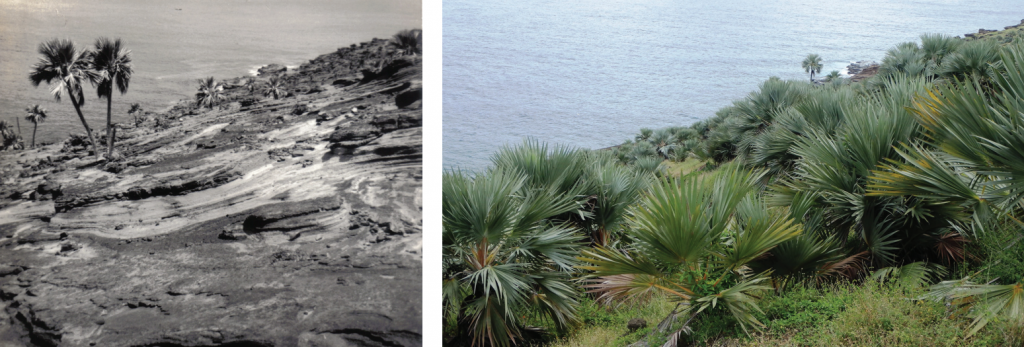Simon Black –
The Earth faces a crisis of environmental degradation and climate change: Carbon emissions, population growth and demand for energy, infrastructure, products and food.
We are a wasteful and self-obsessed species dominating a finite planet. The decline of ecosystems appears inevitable and unstoppable. Unlike us other species in our complex web of life do not have a spokesperson for their interests, leaving them vulnerable to exploitation for our human sake.
I often emphasise to conservation professionals that as professionals they must focus their work on “what matters to species and ecosystems”.
We are part of the ecosystems which we inhabit.
If we destroy natural resources, we destroy ourselves. This is illogical and immoral both in its effect on the species around us and on future human generations. Our challenge is to understand how we can co-exist with nature by addressing two drivers of change.
- First, we need the positive efforts of the few people who have necessary technical skills to transform wild ecosystems.
- Second, we need to divert the negative impact of the millions of us human consumers (who create the problem in the first place) and reverse our psychological separation from the natural world.

Our urban populations need to re-engage with nature. In the past, cities were nature-free, with wildlife limited to cultivated parks, sports fields and private back yards. The most interesting places in cities for wildlife included waste ground, refuse tips, abandoned waterways and grave yards; urban wildlife by default. New thinking is required to consciously make a place for wildlife in our cities and to shape people’s expectations of nature in the human world.
We all have a part to play – how we live, what we want, where we live. Many of us, especially in the richer and developing nations, should think less about what we want and instead pursue what we need; clean water, sustainable food sources, clean air, a healthy landscape, security. We also need to appreciate that people living on the fringes of wild landscapes have the same needs, whether urban, agricultural, pastoral, subsistence or nomadic. As humans we must coexist with the landscape and the mix of species within it.
I am confident that replanted forests will survive in the high mountains of the Hawaiian Islands as a home for their unique endemic bird species. Wild boar, deer, pine martens and red squirrels will frequent the woodlands of southern England and feature in the conversations of people in the local pub. Sea turtles will return to nest on previously abandoned, human-cluttered beaches, delighting local people on Indian ocean islands like Reunion and Mauritius. New woodlands, walnut groves and fruit tree plantations will be established in the Atlas Mountains of Morocco. Old methods of shepherding will continue to emerge in France, Germany, Denmark and the Netherlands in response to the previously unthinkable, but manageable presence of wolves.
I am confident that if we share these successes and inspire our neighbours, the past 40 years of practical conservation effort and learning across the globe will not be squandered. Our agricultural economy can adapt. Our consumer behaviour can shift enough to reduce production pressure, transport and waste. Our ingenuity will devise technologies which will reduce the impact and drivers of climate change.
We have a future alongside nature, retaining both the wild places and the commonly encountered species that have inspired humanity throughout our existence. It is an act of leadership to make efforts which will have a real impact on retaining and restoring nature’s place on the planet.
Drawn from a previous article:
Black S.A. (2019) Choosing a Future for Nature and for Ourselves. Fifteen Eighty Four: Academic Perspectives from Cambridge University Press http://www.cambridgeblog.org/2019/04/species-conservation-2/

